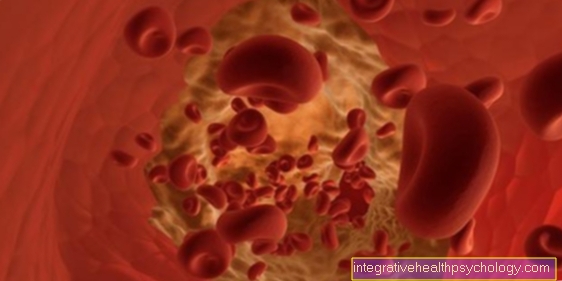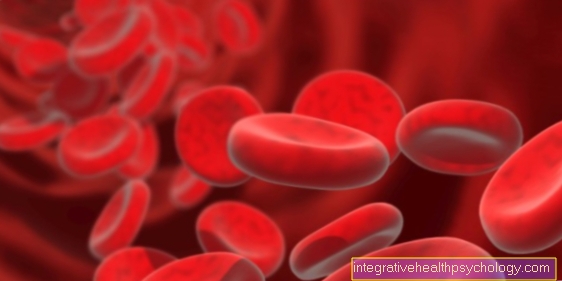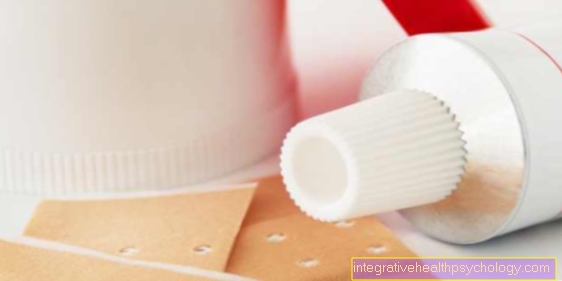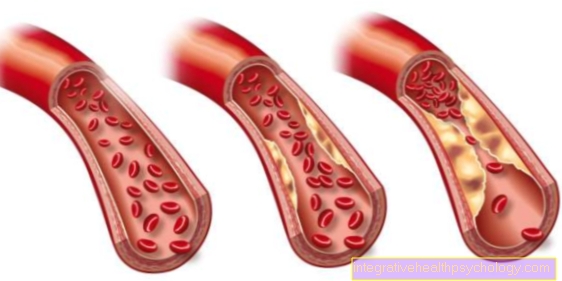Blood doping
introduction
Along with physical, chemical and pharmacological manipulations, blood doping is one of the prohibited doping methods.
Regular endurance sports increase the blood volume and the ability of the blood to transport oxygen. This effect can take place by supplying the body's own blood or other blood of the same blood group. The transfusion usually takes place shortly before the competition and takes place in several portions. A total of about 1 liter of blood is added. The increase in the amount of blood leads to an increase in the concentration of erythrocytes in the blood.
effect
By taking the body's own blood, there is initially a reduction in the amount of blood in the organism and thus a reduced hemoglobin concentration in the blood. This leads to a lowering of the oxygen partial pressure and the kidney releases the hormone Erythropoietin (Epo) out. This causes the production of red blood cells and the endurance capacity increases again. If conserved blood is now added, there is an increased stroke volume and increased oxygen levels in the arterial blood. The performance is increased. A 5% decrease in runtime was measured in cross-country skiing.
side effect
When supplying foreign blood when Blood doping there is always the risk of one HIV- infection (AIDS). If there is no medical indication, it should also be based on ethnic reasons Blood transfusion be waived.
Evidence of blood doping
Evidence of Blood doping proves to be very difficult to this day. The doping provision of the IOC and individual professional associations contain individual paragraphs on blood testing, however, taking venous blood is considered to be physical harm from a medical and legal point of view. A removal is only possible with the consent of the athlete. Nowadays, however, the need for this control has prevailed over skepticism. The detection rate is 50-70%. To do this, however, two samples must be taken within two weeks of the abusive transfusion. The analysis is based on the changed erythrocyte concentration and hemoglobin content in the blood, as well as on the destruction of red blood cells by the transfusion. The easier application of the Epo doping blood doping has decreased in the past. However, with the reliable evidence of Epo, blood doping can be expected in the future.
Pharmacological, chemical and physical manipulationThis section is about manipulating the urine specimens that have been given. Doping tests can only be carried out on intact, legally valid urine samples. Methods to influence the urine sample are:
- Dilution of the given urine sample with water or other liquids
- By taking e.g. Probenecid reduces the excretion of doping substances
- Various physical manipulation
- Injection of foreign urine into the bladder
It seems that there are no limits to the manipulation of urine samples in sports. It happened that athletes hid plastic containers with foreign urine under the armpit and placed them through a catheter to the excretion site.
Additional information
- Amphetamines
- Anabolic steroids
- Anabolic steroids
- doping
- Doping in sport
- Beta blockers
- cocaine
- caffeine
- Ephedrine
- narcotic
- Opioids
- Muscle building
- Supplements
- Food supplements
- Creatine cure
- Blood test





























